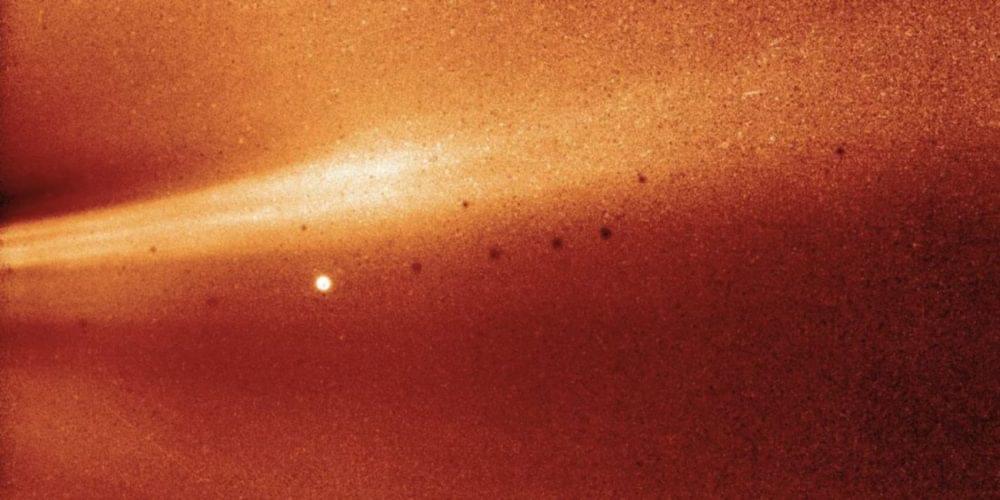A team of engineers and neurosurgeons developed a state-of-the-art brain sensor that could greatly enhance the treatment of cancer and epilepsy, according to a press statement from the University of California San Diego.
The new apparatus can record electrical signals from the brain’s surface in a never-before-seen resolution for such a device.
The breakthrough opens up new possibilities for brain-computer interfaces, such as the ones being developed by Elon Musk’s Neuralink. Not only will this help to improve diagnoses of deadly diseases, it also has the potential to transform our understanding of the human brain.








